Forest mushrooms are always dangerous for mushroom pickers, so many people prefer to grow eco-mushrooms at home. Today this is not particularly difficult - garden shops are full of mycelium of various mushroom varieties and ready-made substrates for their cultivation. It is important to preliminarily study the step-by-step instructions for growing this valuable product, as well as familiarize yourself with reviews and tips in order to get a golden mushroom crop as a result.
Content
Varieties suitable for growing at home
At home, many types of mushrooms are grown. But preference is given to the following:
- champignons;
- oyster mushrooms;
- shiitake;
- honey mushrooms.
Growing these species at home is inexpensive and requires minimal maintenance, but allows you to collect a large golden crop of mushrooms.
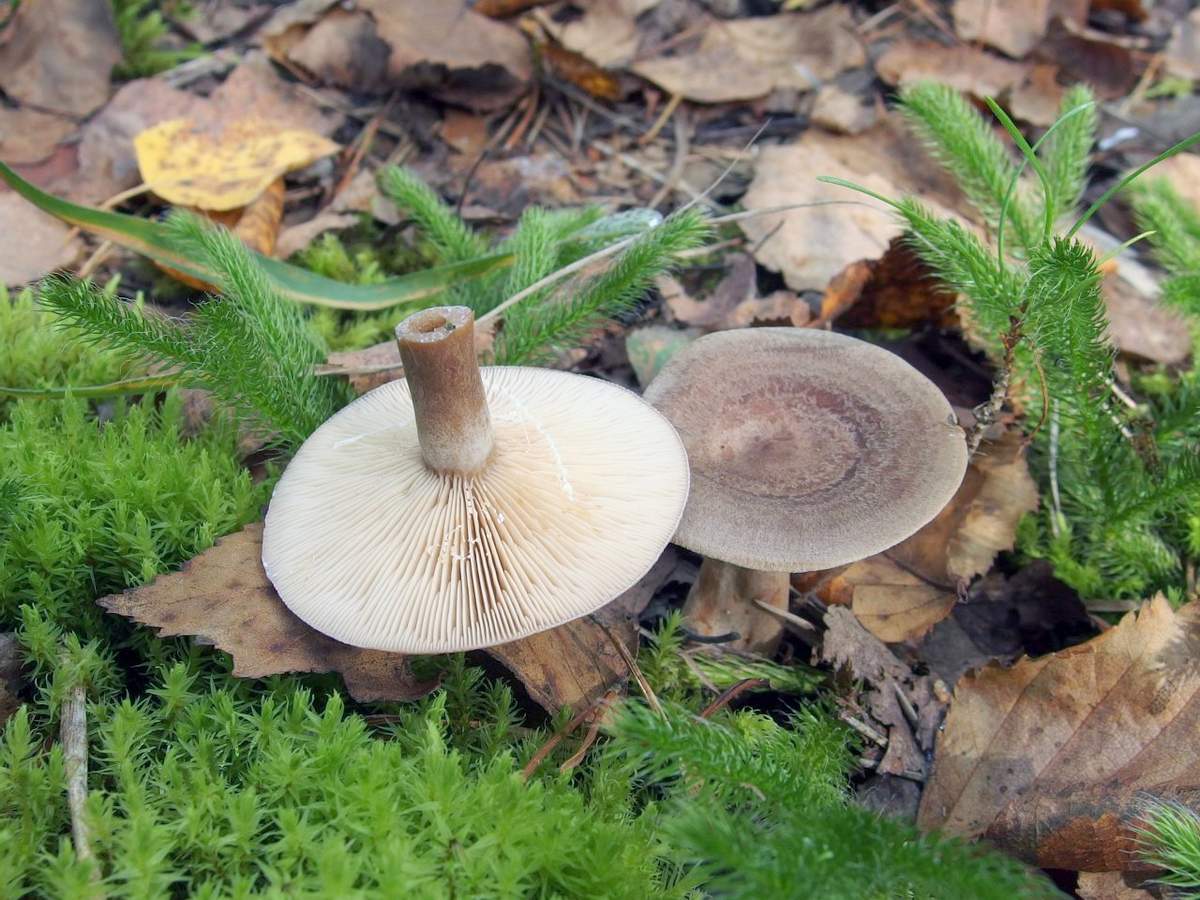 You may be interested in:
You may be interested in:The features of mushrooms grown at home are as follows:
The fruit body of champignons can reach 25 cm. They have massive, dense, round-shaped hats. The surface may be smooth or covered with dark scales. In young specimens, the hat is white, in adults it can acquire a brown or brown hue, depending on the variety of champignons.
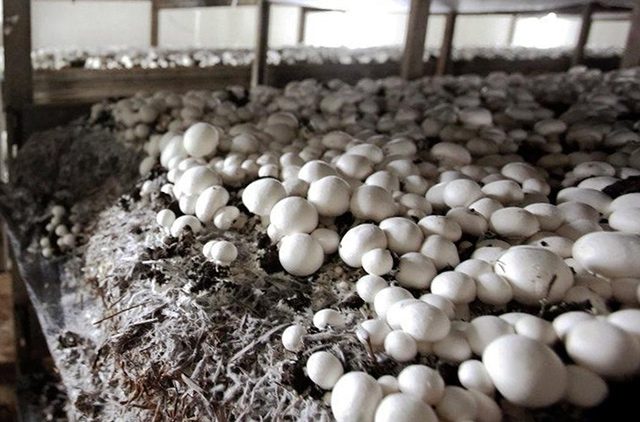
The leg is located exactly in the center of the cap. It is always smooth, has 1-2 mushroom rings. Plates are freely located on the leg. Initially, they have a white color, but with age they become pinkish, less often - almost black. Champignon pulp is painted in shades of white. When cut, it acquires a pinkish or yellowish tint. The pulp is characterized by a pronounced mushroom smell.
- Oyster mushrooms grow up to 30 cm. The hats are fleshy, have a rounded shape and thin edges. Young oyster mushrooms have a conch-shaped or round hat, which over time slightly straightens. The edges become wavy. The surface of the cap is smooth, glossy, slightly wavy. Initially, it has a dark gray color, which with age is replaced by an ashen with a purple tint.
In old oyster mushrooms, the hat acquires a whitish or yellowish tint. The leg is short, dense, has a cylindrical shape. Often it is slightly bent. On the leg there are rare plates of white or yellow. Oyster mushroom pulp has a white color and dense texture. In young oyster mushrooms, it is juicy in aging - a little harsh. The pulp does not have a pronounced smell.
- The fruit body of the shiitake can reach 25 cm. This species is characterized by convex hats of a hemispherical shape. The surface is dry, velvety, slightly strewn with white scales. The hat itself has the color of coffee shades, less often there are specimens of brown or brown color. Over time, the surface cracks, forming a mass of microcracks.
The hats of young shiitake have a flat edge, which tucks up a bit with age. The leg is straight, slightly narrowed to the base, has a fibrous texture. The color of the legs is beige, sometimes light coffee. The surface is densely dotted with white plates. When pressed, they turn dark brown.Shiitake pulp is dense, fleshy, white or cream. When cut, a pronounced mushroom aroma is felt.
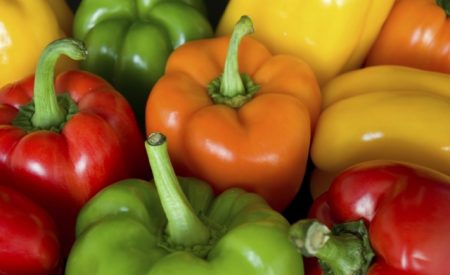 You may be interested in:
You may be interested in:- Honey mushrooms grow up to 10 cm. They have flat hats of yellow or orange hues. In young mushrooms they are slightly convex with the edges a tone lighter than the middle. Legs are tubular, dense, brown. On them are rare grown plates. The pulp of honey agarics is very thin. It does not have a pronounced smell.
Mushroom Growing Instructions
In order to grow a nutritious eco-product on your own, it is important that certain conditions and sequential actions are observed.
Indoors
As a rule, mushrooms are grown in cellars and sheds in compliance with the following standards:
- Landing place. Mushrooms can be grown in plastic bags with slots, in blocks, in boxes. Bags are suspended from the ceiling, boxes are mounted on racks. Large batches are grown in special blocks with controlled temperature.
- Lighting. Before germination, the mushrooms are without light. After biting, they are provided with dim diffused light closer to twilight.
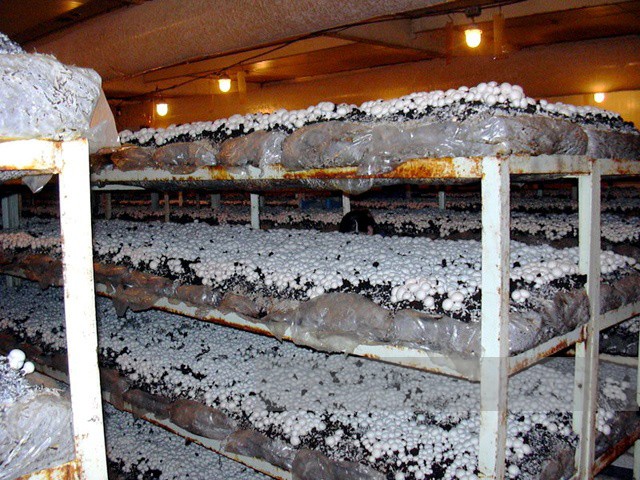
Growing mushrooms in blocks - Humidity should be at least 85%. To maintain this level, crops are constantly irrigated and humidifiers are installed in the premises.
- The soil. The substrate can be bought or prepared independently. To do this, mix straw, chicken droppings and gypsum.
- Temperature condition. Experts recommend sprouting mushrooms at a temperature of 15 ℃, and during maturation, increase it to 20 ℃.
In the garden
On the garden plot, the mycelium is placed in holes on logs or stumps. In ordinary earth, the mycelium will not germinate. Therefore, only sawdust or straw can be an alternative to old wood. The place should be as shaded as possible.
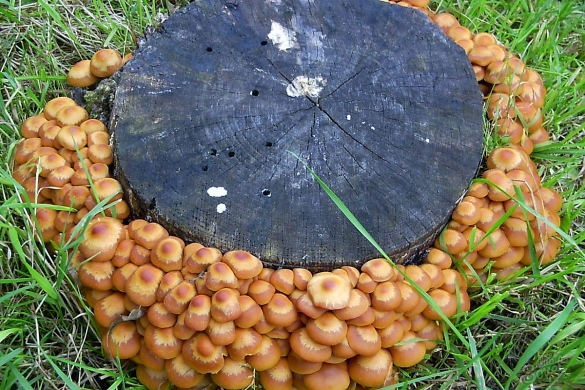
The sun's rays should not fall on the site. To increase the humidity level, the mycelium is constantly irrigated and installed next to the tank with water for evaporation.
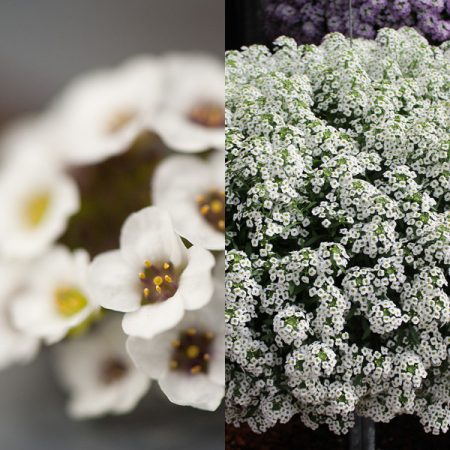 You may be interested in:
You may be interested in:When and how to collect?
Subject to all instructions, small fungi appear 3 weeks after the substrate is populated with mycelium. It is not possible to harvest an early crop, because at this phase of growth, mushrooms can be toxic. For example, mushrooms in the early stages of development are similar to grebes.
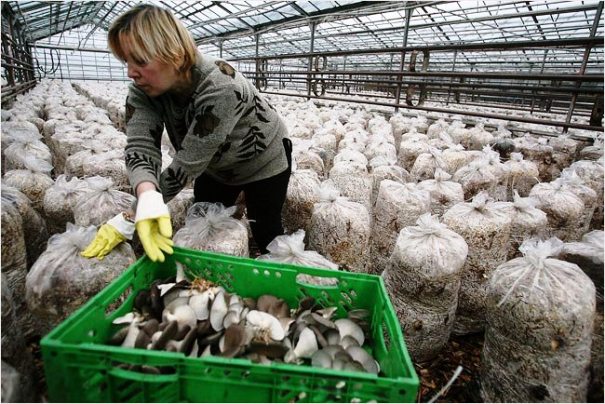
Therefore, to eliminate the risk of poisoning, only ripened fruits are harvested. You can determine the readiness for cutting in a fairly simple way. As a rule, ripe hats well move away from the legs. Also, species features should be taken into account: a change in the color and shape of the cap during development, etc.
A very important point when collecting mushrooms is the proper separation of the mushroom unit from the mycelium. Inexperienced mushroom pickers tear them out or break them. When breaking off, the integrity of the mycelium is violated, it is damaged. A damaged mushroom spot can no longer bear fruit.
To work indoors, the necessary safety measures should be taken. Work with gloves using a respiratory mask. Mushroom spores, en masse in the respiratory tract of a person, can cause allergic reactions, provoke the development of respiratory diseases.
Useful properties and restrictions for use
In addition to the minimum risk of mild poisoning, a home crop is not dangerous. Ecogribs are attracted by their useful properties: they contain many vitamins, minerals and amino acids necessary for the vital functions of the human body. In addition, certain types of house mushrooms are recommended for various diseases.
| View name | Beneficial features |
|---|---|
| Champignon |
|
| Oyster mushroom |
|
| Shiitake |
|
| Honey agaric |
|
Home-grown species, like all other mushrooms, should not be taken by children under 5 years of age, pregnant and lactating women.
Recipes and cooking features
Harvested crops can be prepared in several ways. The most common are the following cooking methods:
- stew with sour cream;
- boiling.
Stewed mushrooms with sour cream - it's simple and delicious. To do this, 0.5 kg of mushrooms, 200 g of sour cream 15% and 2 small onions are needed. First, the mushrooms are cleaned of dirt and cut into convenient pieces. Then they are fried until golden brown with onions. When the contents of the pan acquire a golden hue, sour cream is poured there, adding salt and pepper to taste and 100 g of water. The pan is covered and stewed for 15 minutes. Serving the table, you can decorate the dish with fresh herbs.
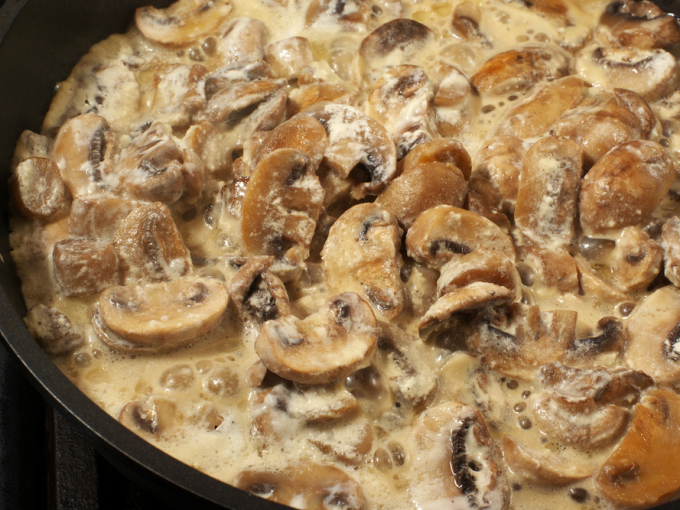
Boiled mushrooms taste like pickled ones, but they cook very quickly. For cooking, you will need the following products:
- mushrooms - 0.3 kg;
- garlic - 3 cloves;
- vinegar - 2 tbsp. l .;
- sugar - 1 tsp;
- salt - 2 tsp;
- vegetable oil - 0.5 tbsp .;
- allspice - 10 peas;
- bay leaf - 1 pc.
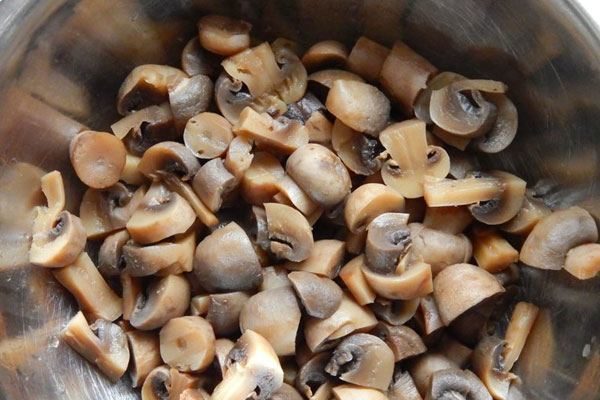
Hats and legs are cleaned and washed, cut into pieces. Then they are laid out in an enameled saucepan and all the ingredients are added there. The pot is set on fire. After boiling, make the fire minimal and leave the saucepan for 15 minutes. The dish is served cold. Before serving, onions are cut in half rings.
Reader reviews on mushroom growing at home
Experienced mushroom pickers willingly share the secrets of growing house mushrooms:
Igor Anatolyevich, 52 years old: “The right choice of premises is one of the key points when growing mushrooms. An ideal place should have a controlled heating system, because at different stages of development, different air temperatures are required. Also, the room should be equipped with a ventilation system and powerful air humidifiers. ”
Valery Ignatievich, 38 years old: “Oyster mushrooms and honey mushrooms grow well in plastic bags. But champignons are best grown on shelves. For this, I use only metal shelving. Wooden shelves, subject to high humidity, can rot very quickly, which negatively affects the harvest. ”
Victoria Raminovna: “As a substrate, I always use high-quality straw from cereals. Mushrooms grow best on rye and wheat straw. Before use, the material must be carefully inspected for rot and mold. ”
Answers to widespread questions
The topic of self-cultivation is very relevant, so beginner mushroom pickers have a lot of questions about this:
You can get a golden mushroom crop at home all year round. The main thing is to create all the necessary conditions (humidity not less than 85%, twilight, loose substrate) and be patient.

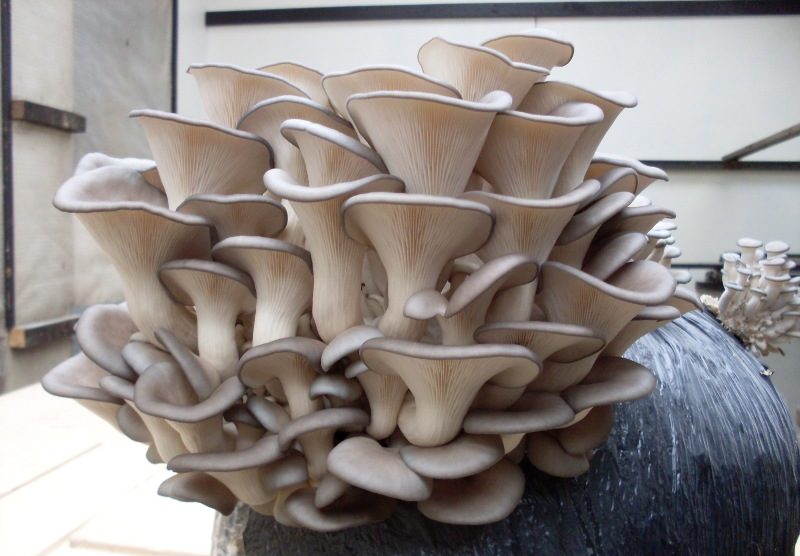
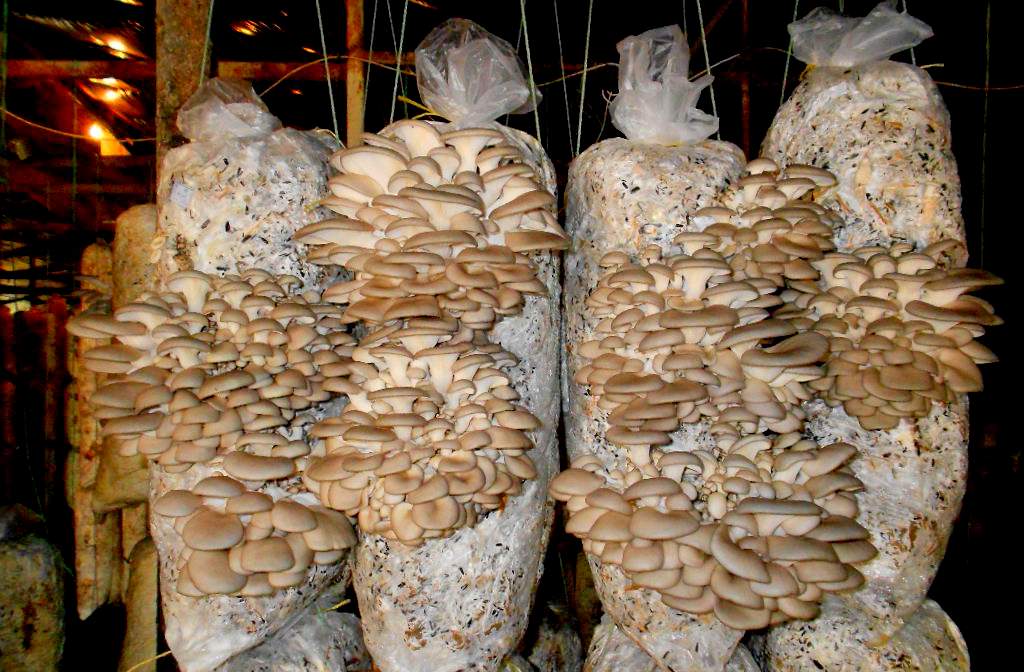
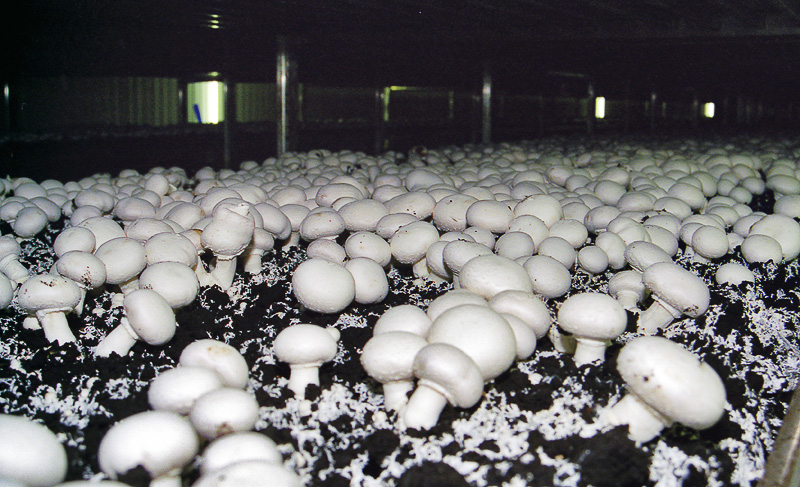
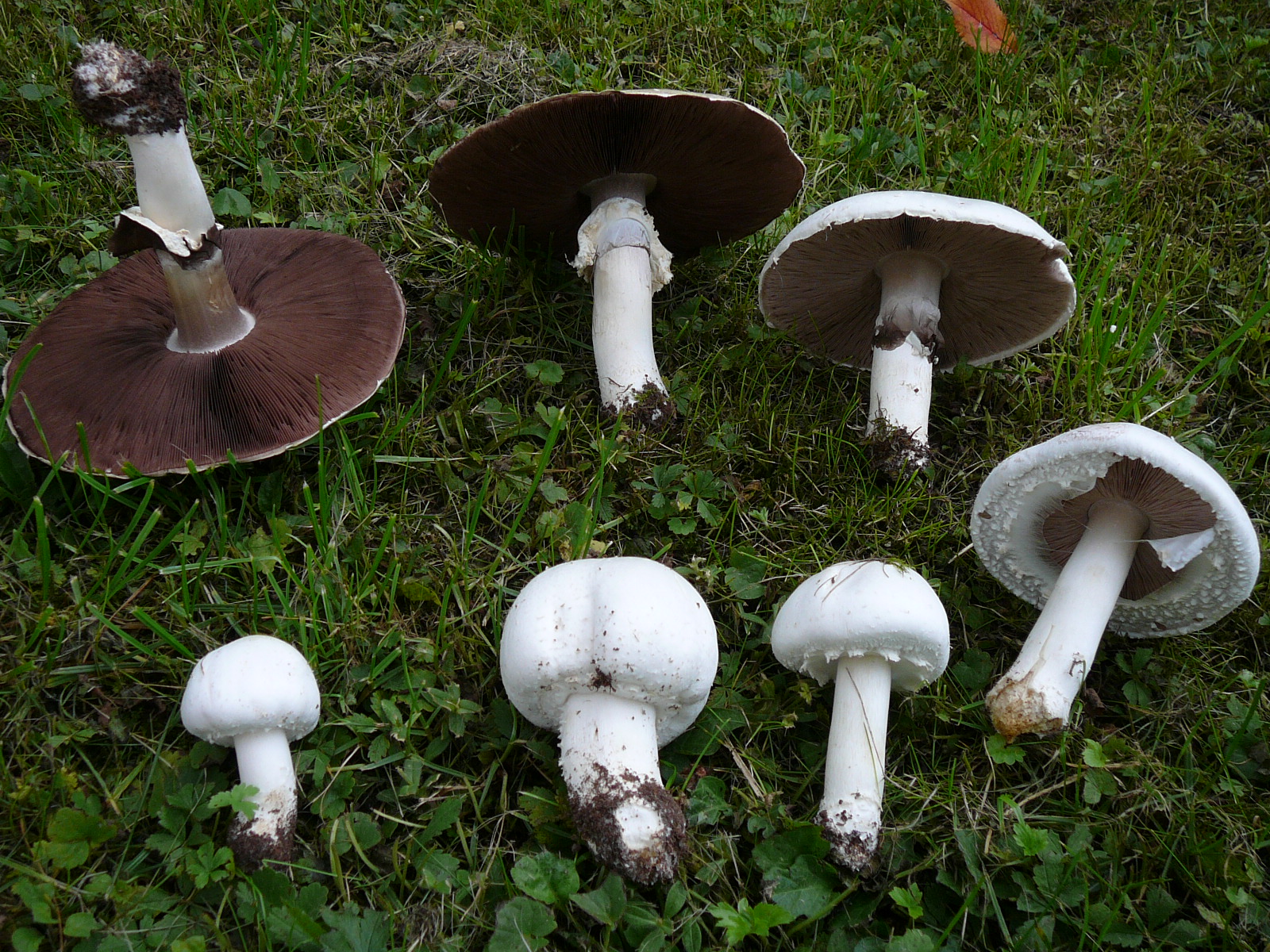

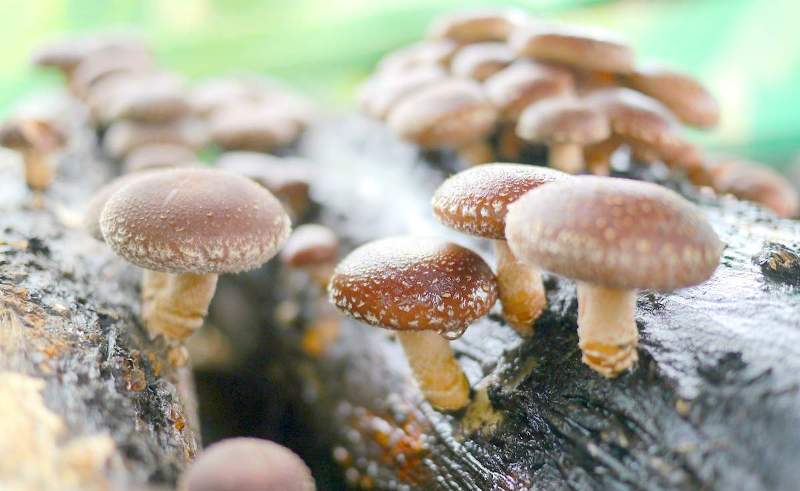
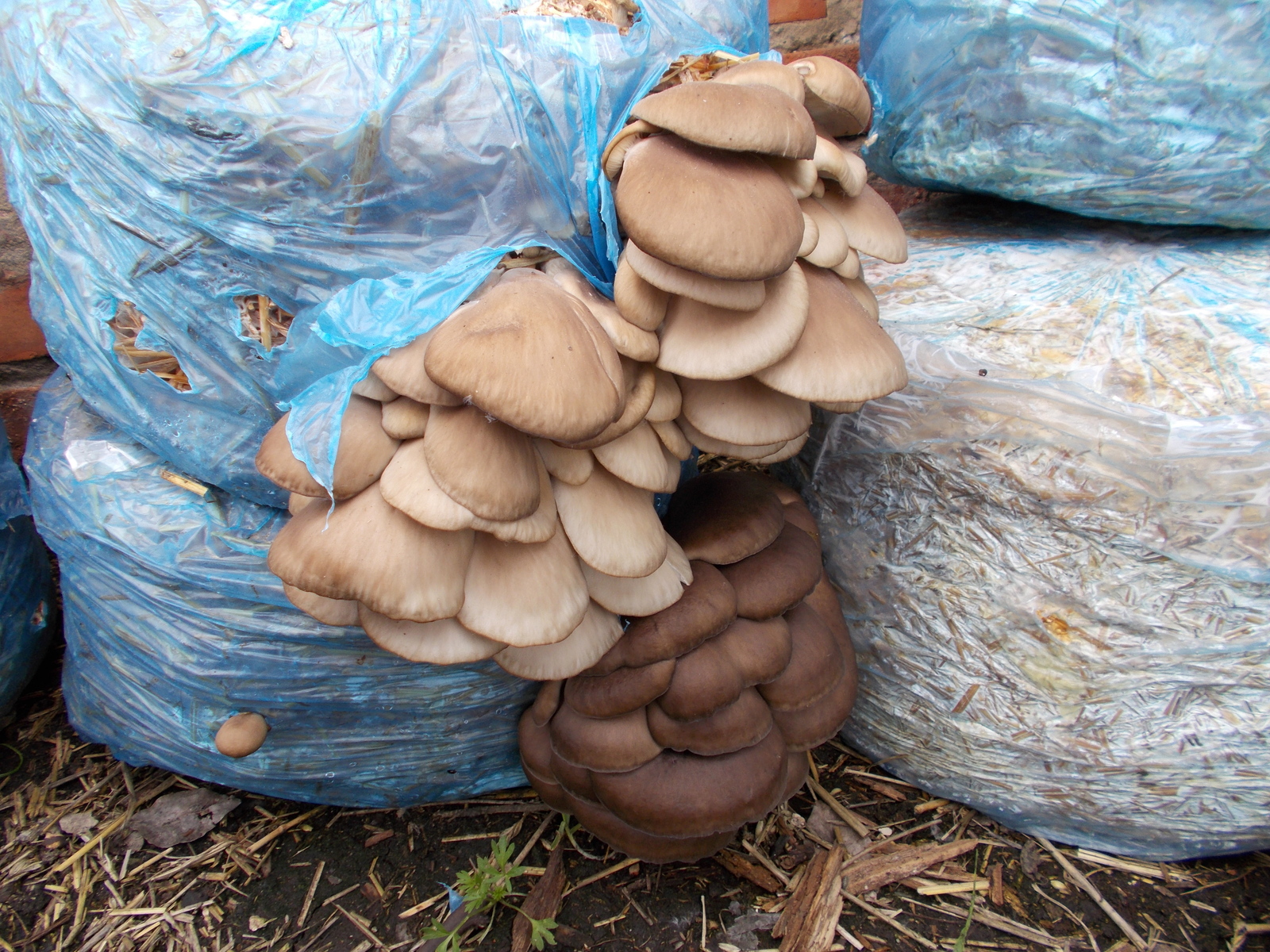
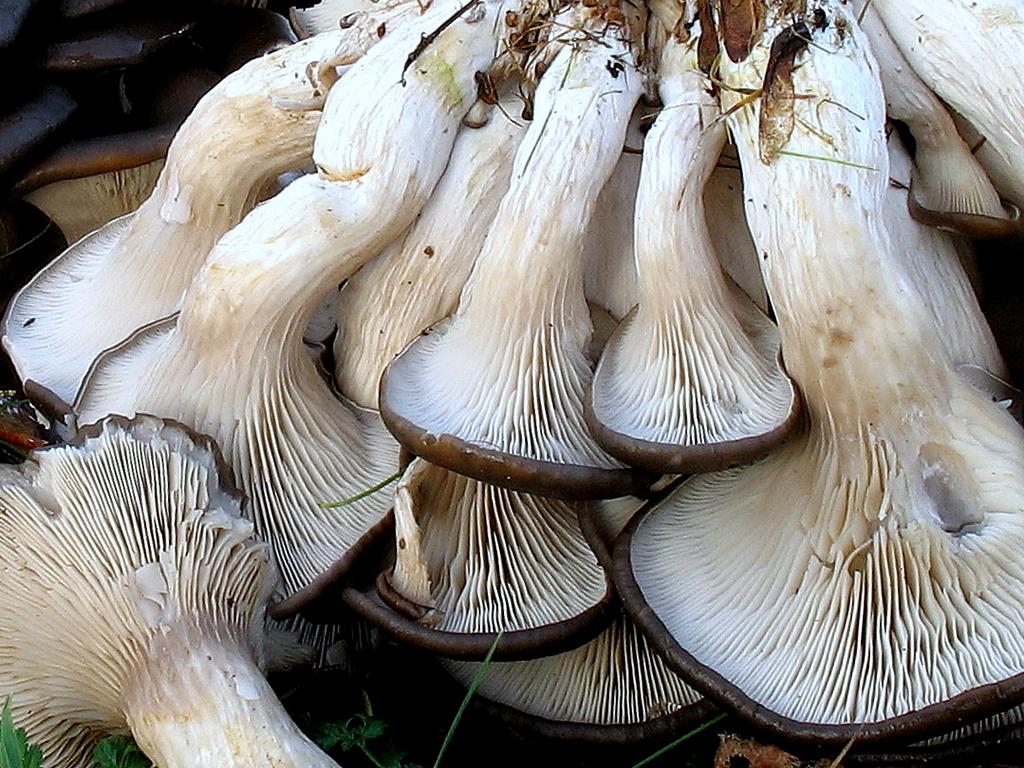
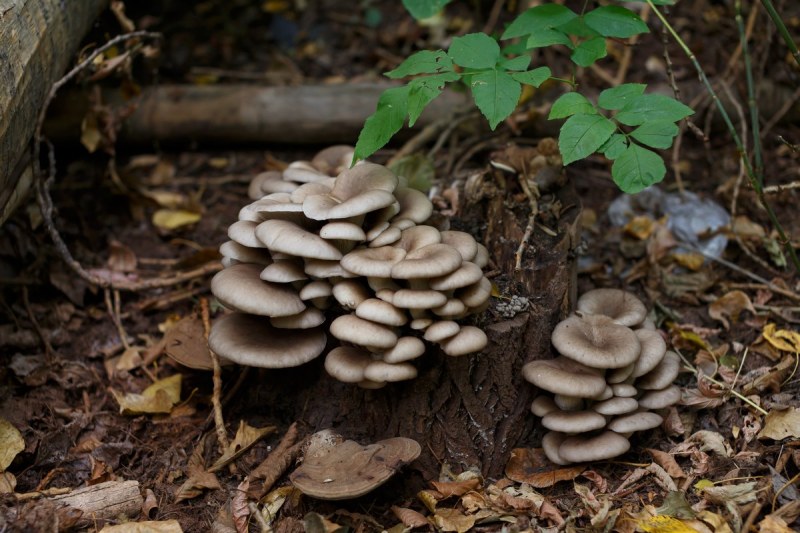
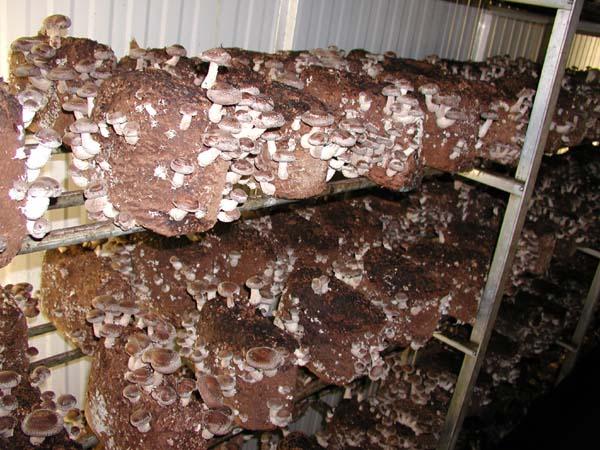
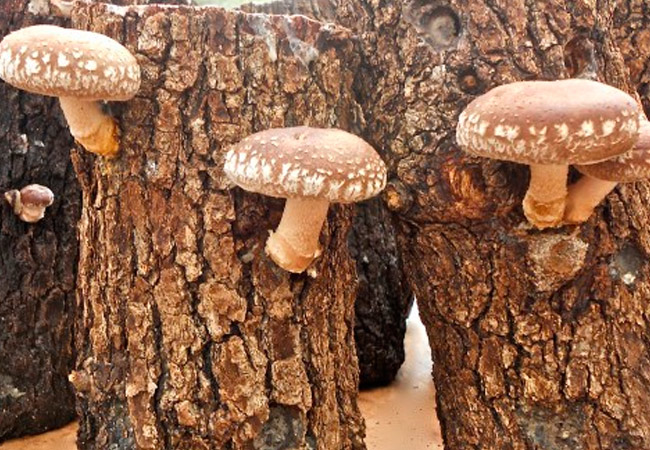
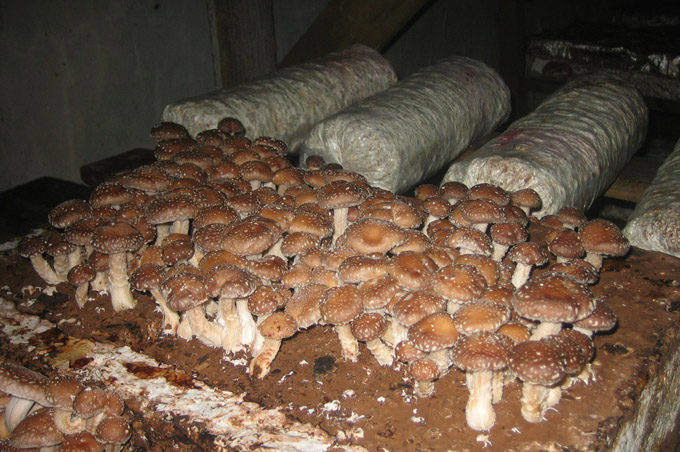
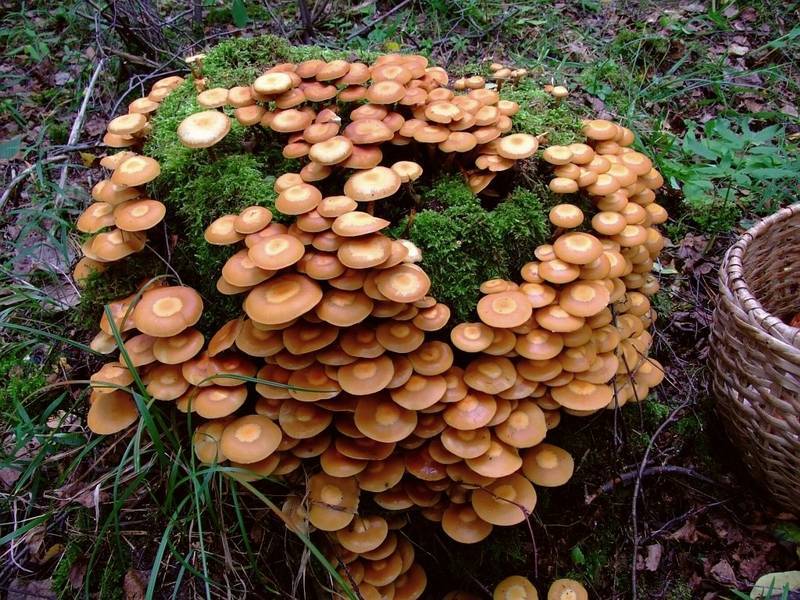
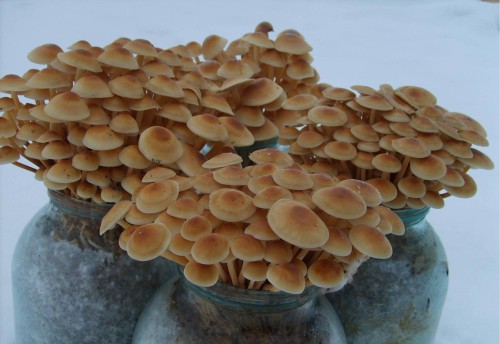
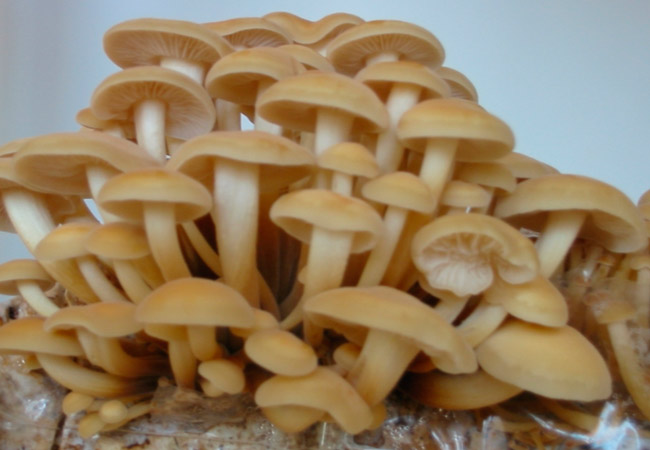



 Care and use of Kombucha at home (+22 photo)
Care and use of Kombucha at home (+22 photo) Edibility of the fungus of the motley umbrella and its description (+19 photo)
Edibility of the fungus of the motley umbrella and its description (+19 photo) Description of edible and inedible oils, their poisonous counterparts (+40 photos)
Description of edible and inedible oils, their poisonous counterparts (+40 photos) Useful properties of milk mushroom and its contraindications (+17 photos)
Useful properties of milk mushroom and its contraindications (+17 photos)